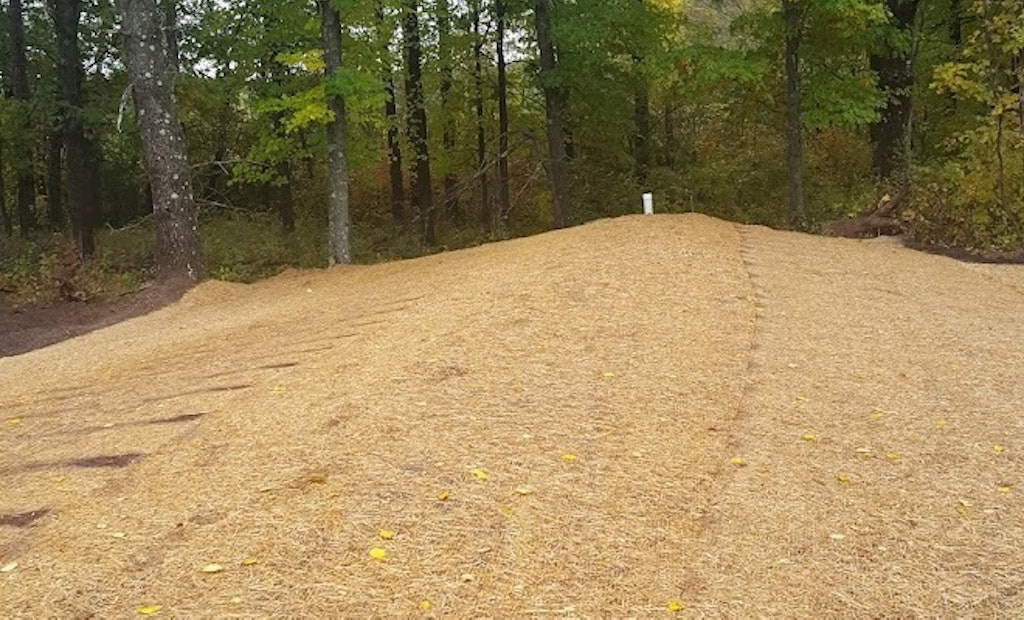Erosion control measures prevent erosion caused by runoff, which is water flowing over land surfaces that wears away soil and rock. Runoff can cause problems by choking vegetation, contribute to water pollution, and erode onto adjoining properties and create neighbor...
Erosion Control Measures Onsite Installers Should Know
Minimizing water runoff and erosion helps reduce a variety of soil-related problems on installation sites
Popular Stories
Discussion
Comments on this site are submitted by users and are not endorsed by nor do they reflect the views or opinions of COLE Publishing, Inc. Comments are moderated before being posted.






